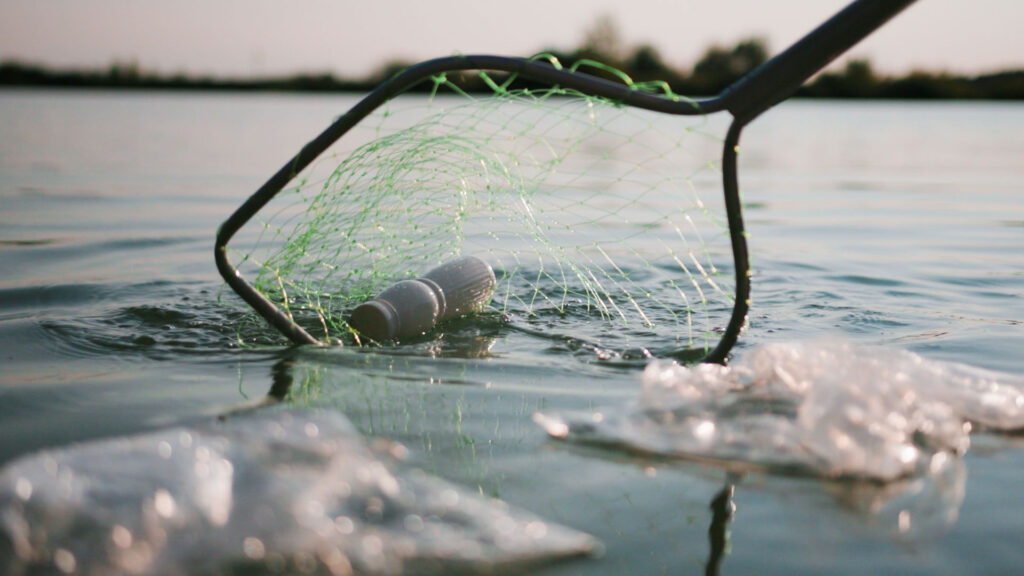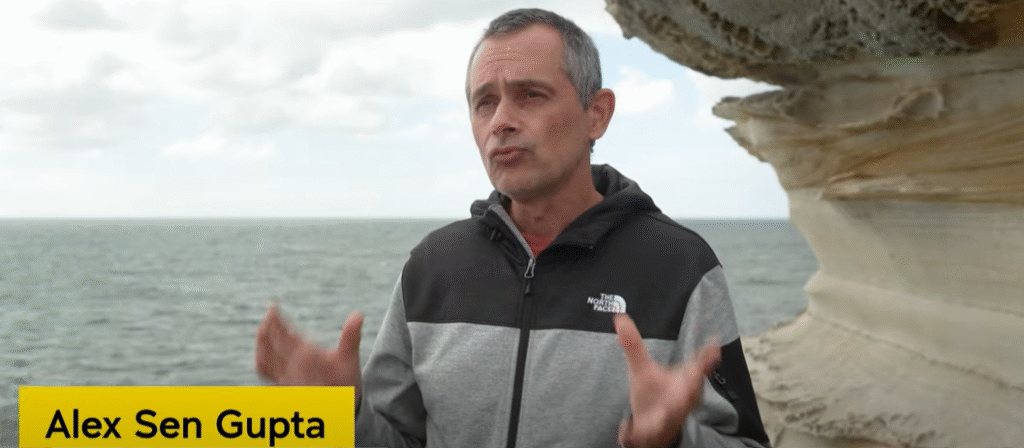This World Environment Day, as nations across the globe commit to ending plastic pollution, the NSW Environment Protection Authority (EPA) says it is proud to be at the forefront, delivering bold action and real solutions to tackle plastic waste in our state.

Tackling plastic pollution and transforming how we manage plastic waste is a key priority for the NSW EPA as we drive towards a Circular Economy.
Plastic waste cannot be ignored: 60% of all littered items in NSW are made of plastic, and plastic accounts for 80% of litter in our estuaries and marine environments.
In the last financial year, the NSW EPA has delivered more than $12 million to help combat plastic pollution and waste, from investing in major infrastructure, funding research and supporting government, businesses and communities to create solutions for managing plastic waste.
This includes:
- $5.8 million in litter prevention grants helping industry, councils, businesses and community groups deliver 35 projects.
- $5 million for soft plastics recycling infrastructure, boosting the state’s ability to process and recycle these challenging materials.
- $1.25 million to fund research that will identify innovative ways to help reduce problems in the plastic industry.
NSW EPA CEO, Tony Chappel, said we must continue to take decisive steps to phase out problematic plastic items, promote reusable alternatives, and align NSW with other states.
“While the phase-out of certain single-use plastics in NSW has resulted in a 77% reduction in the number of banned single-use plastic items found in litter there is more work to be done.
“In 2022-23 NSW generated around 891,000 tonnes of plastic waste, with only 14 percent of that being recycled.
“Future measures could include phasing out plastic lollipop sticks, barrier bags, and foamed plastic packaging, requiring venues to accept reusable cups, and ensuring single-use plastics are recyclable.”
Community and industry feedback on proposals to tackle plastic pollution is currently being reviewed as part of the NSW Plastics: The Way Forward action plan.
The NSW EPA, in partnership with the Department of Climate Change, Energy, the Environment and Water (DCCEEW), is also leading the state’s first-ever broadscale microplastic assessment.
By sampling 120 waterways across NSW, this groundbreaking project will pinpoint the most affected areas, identify the sources of microplastic pollution, and guide targeted action to reduce it.
Mr Chappel said plastic pollution is one of the biggest environmental challenges of our time and we must be bold in our actions to create a cleaner, safer and more sustainable environment free from the harms of plastic pollution.
“We’re leading the way-through regulation, enforcement, and major investment-to turn the tide on plastic waste and build a more sustainable future for NSW. Together, with industry, communities, and government, we’re creating a cleaner, greener state for generations to come.”
Tackling plastic pollution is part of a broader push to protect the environment, drive a safe circular economy, and support sustainable industry practices.
Other key achievements delivered by the NSW EPA from the past financial year include:
- Rolling out the $81 million FOGO Fund, supporting councils to introduce food and garden organics collection services and reduce waste to landfill.
- $19 million awarded in grants, helping deliver more than 160 projects across NSW.
- Taking strong compliance action, completing 87 prosecutions resulting in $3.8 million in fines and non-financial penalties. Completing 4 Enforceable Undertakings totalling more than $18 million and more than $1.5 million in fines have been issued.
- 85 organisations supported in the past year, driving NSW towards a circular economy and diverting around 8,000 tonnes of waste from landfill.
- Launching NSW’s first chapter of the Waste and Circular Economy Infrastructure Plan, creating a clear roadmap for investment and reform.
- Introducing Australia’s first regulation requiring suppliers to take greater responsibility for the handling and disposal of products including batteries.
- Supporting industry to cut emissions through the NSW Guide for Large Emitters.
For more information on the NSW EPA’s work and how you can be part of the solution, visit www.epa.nsw.gov.au.


